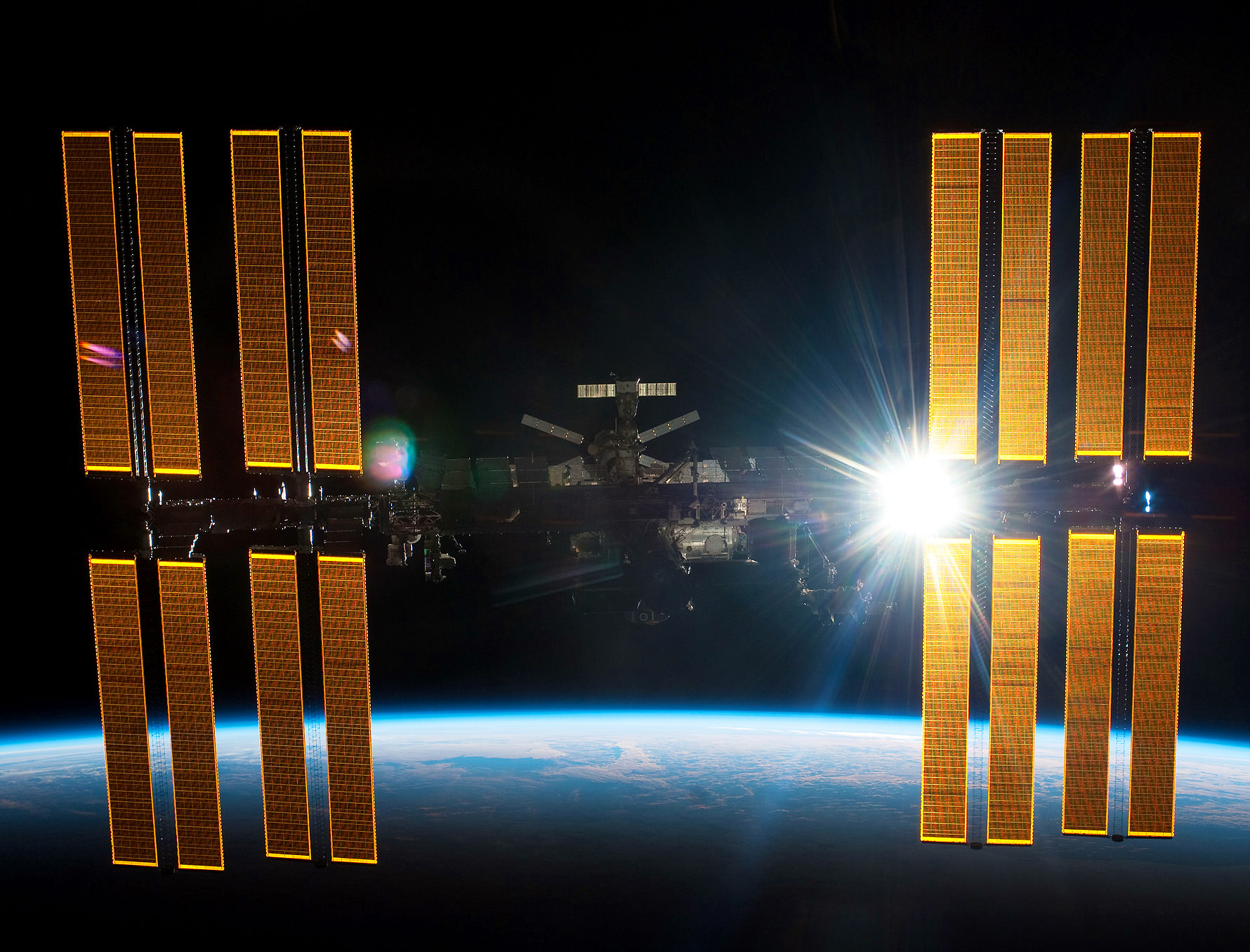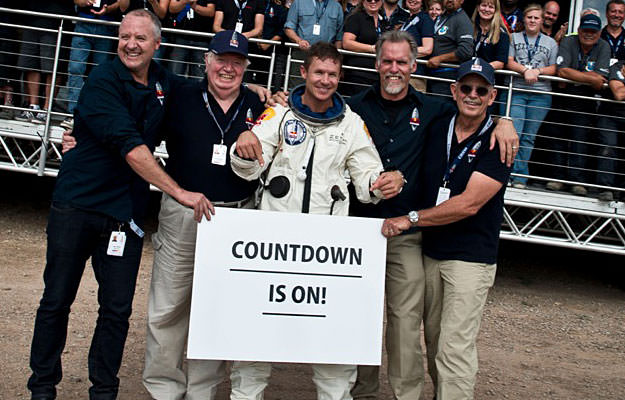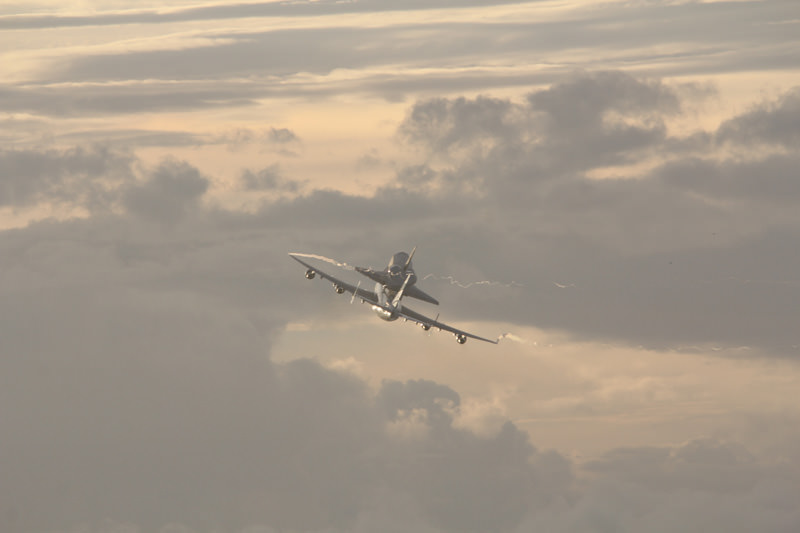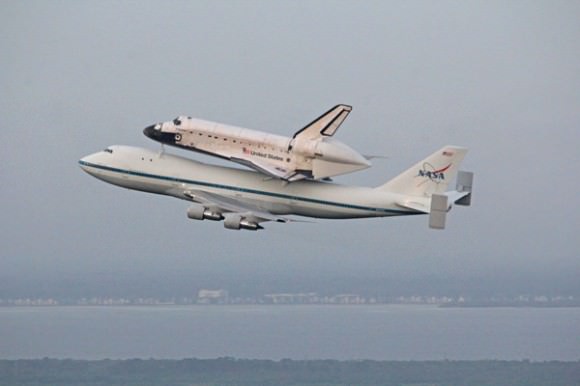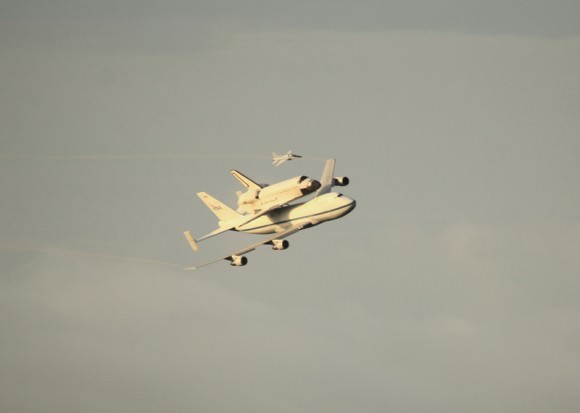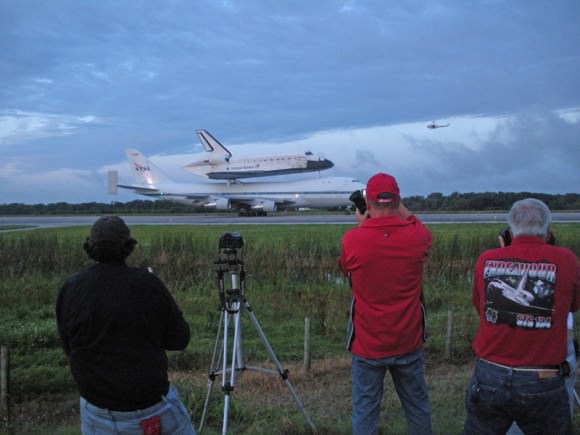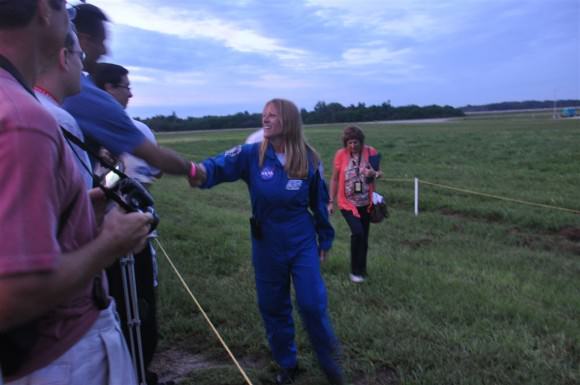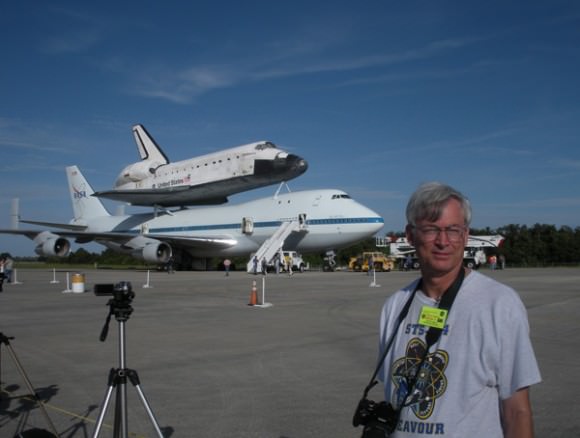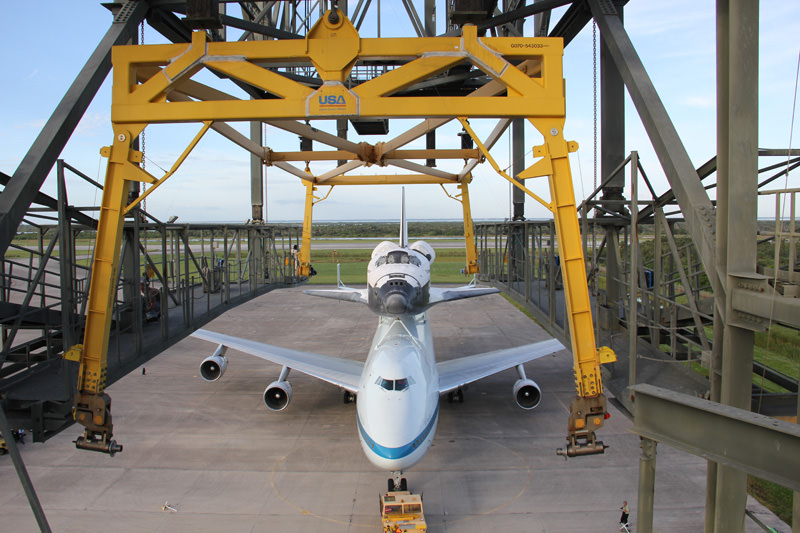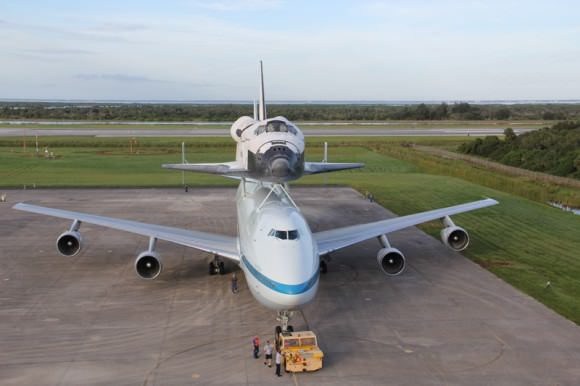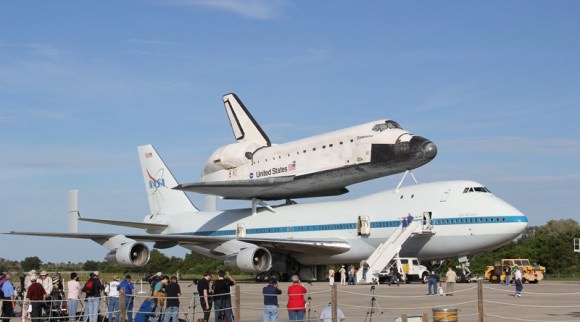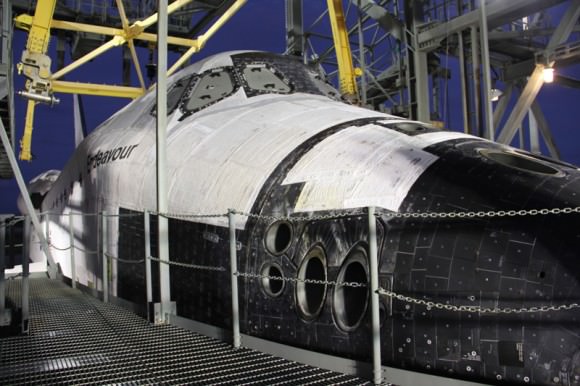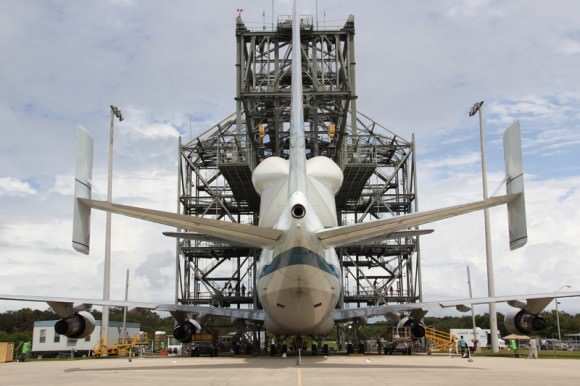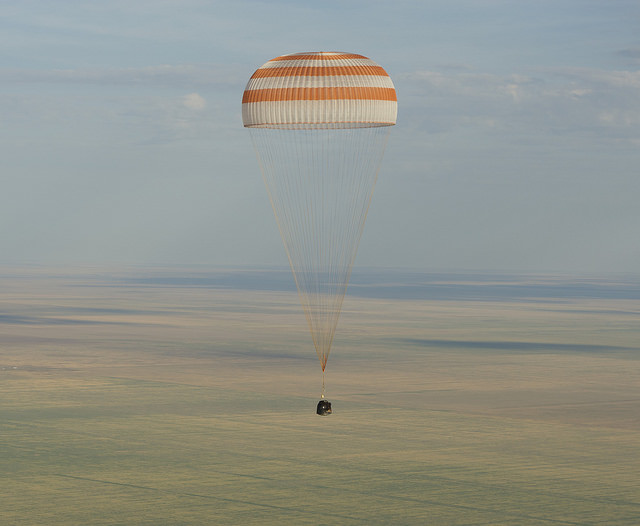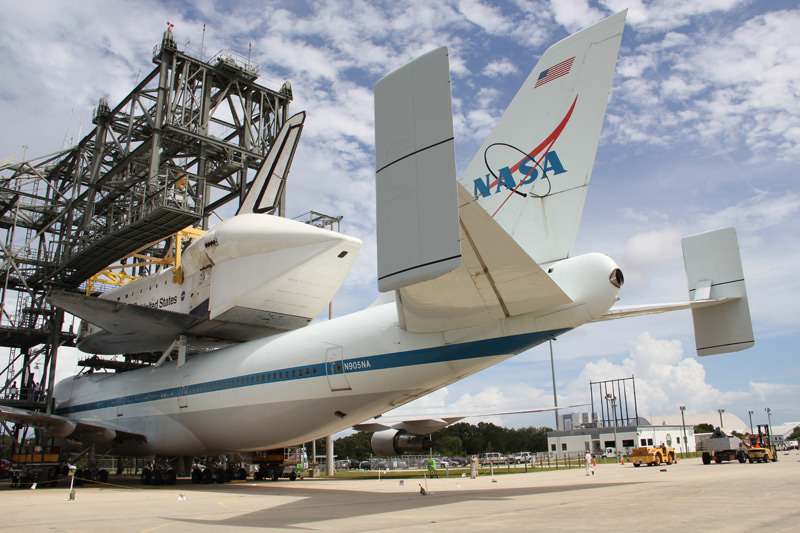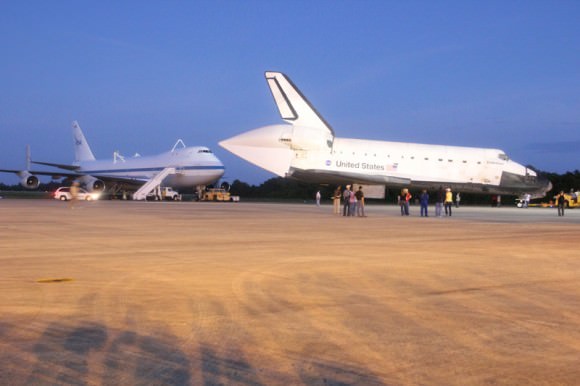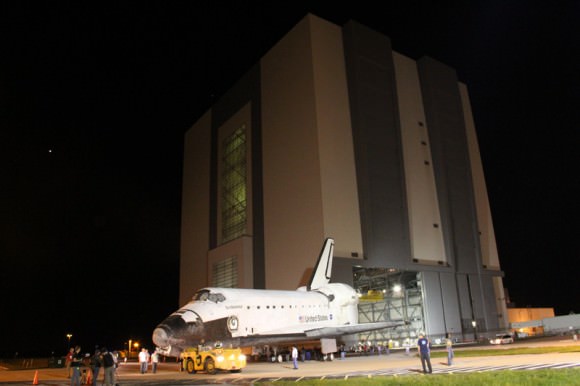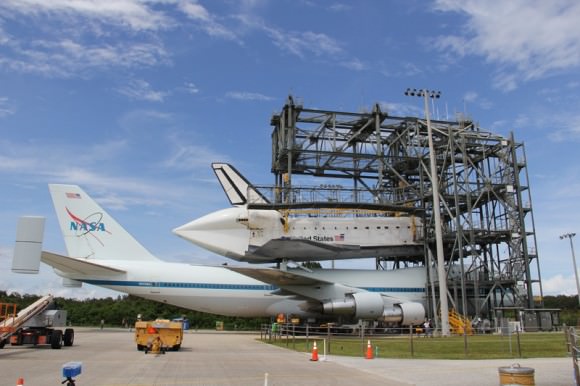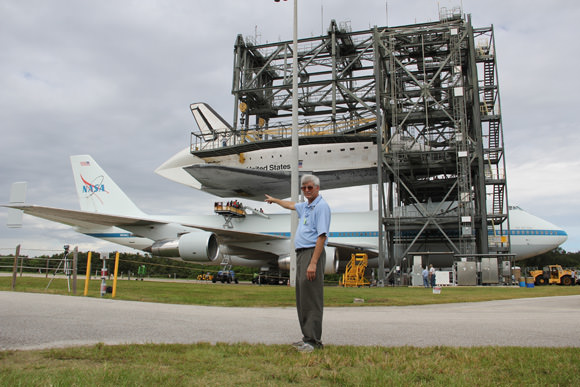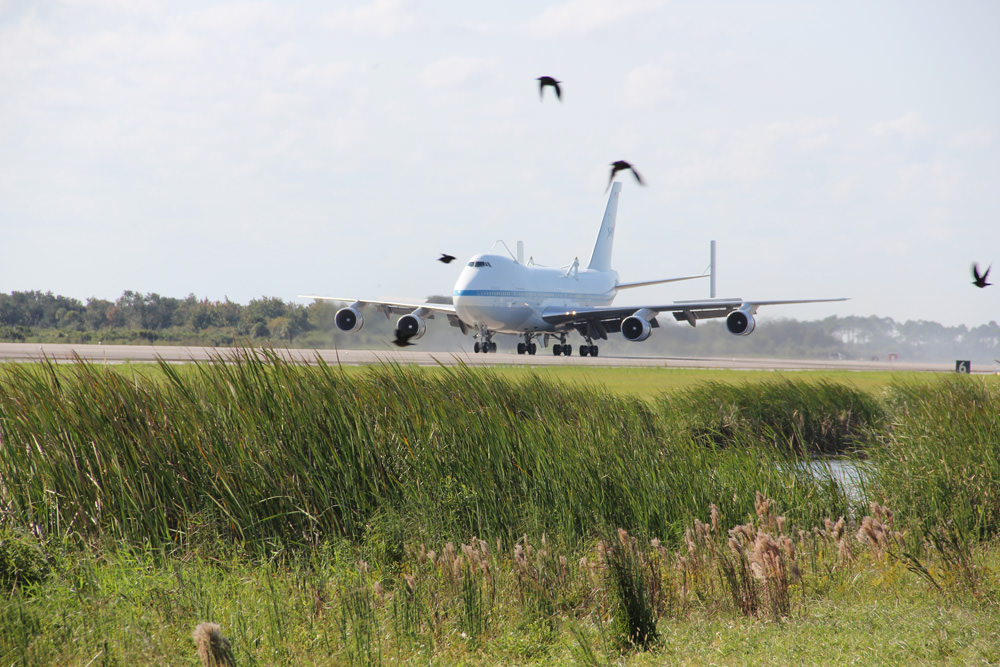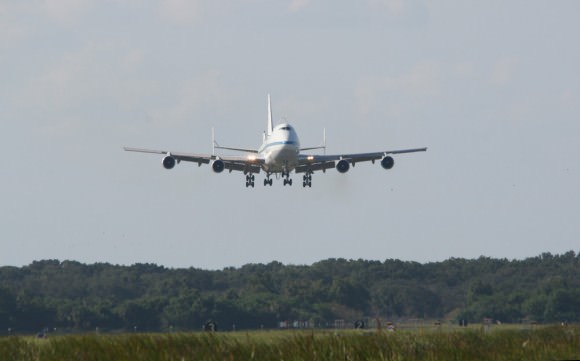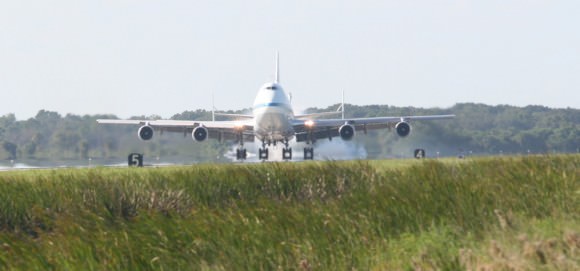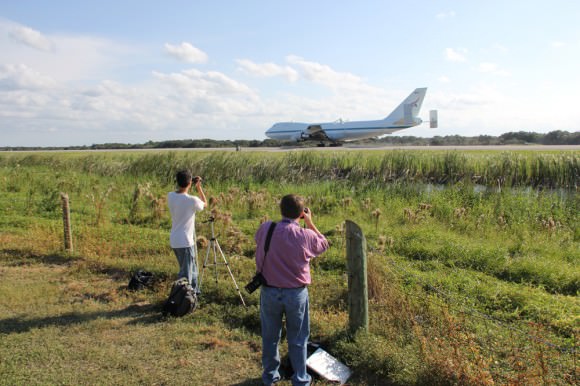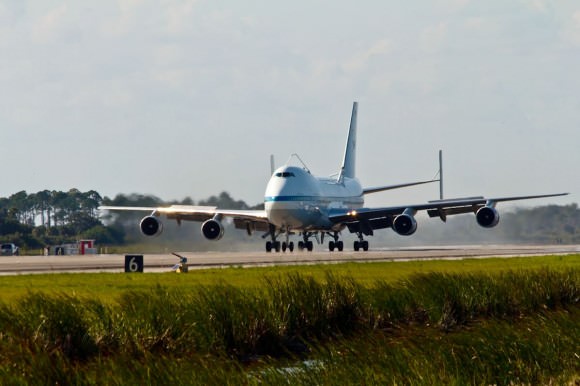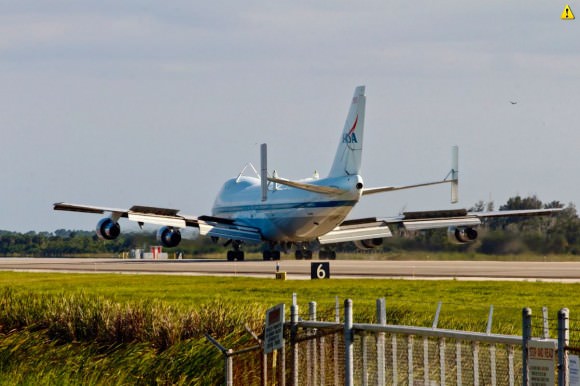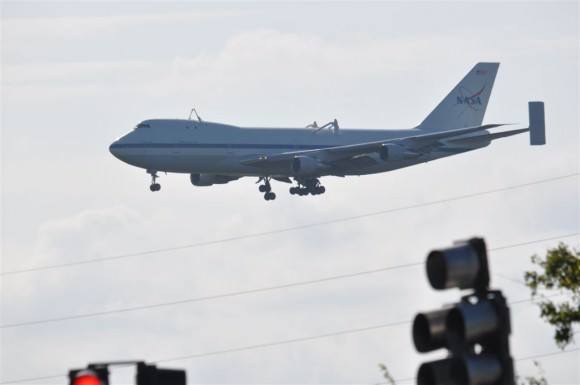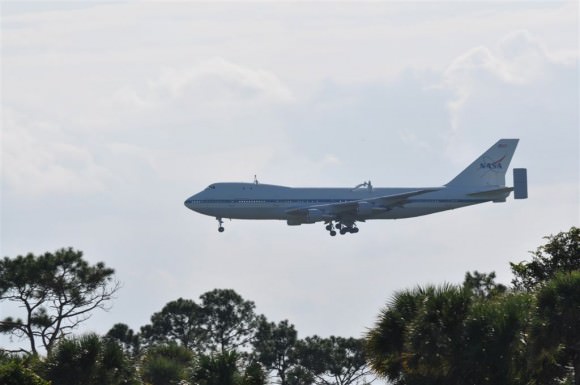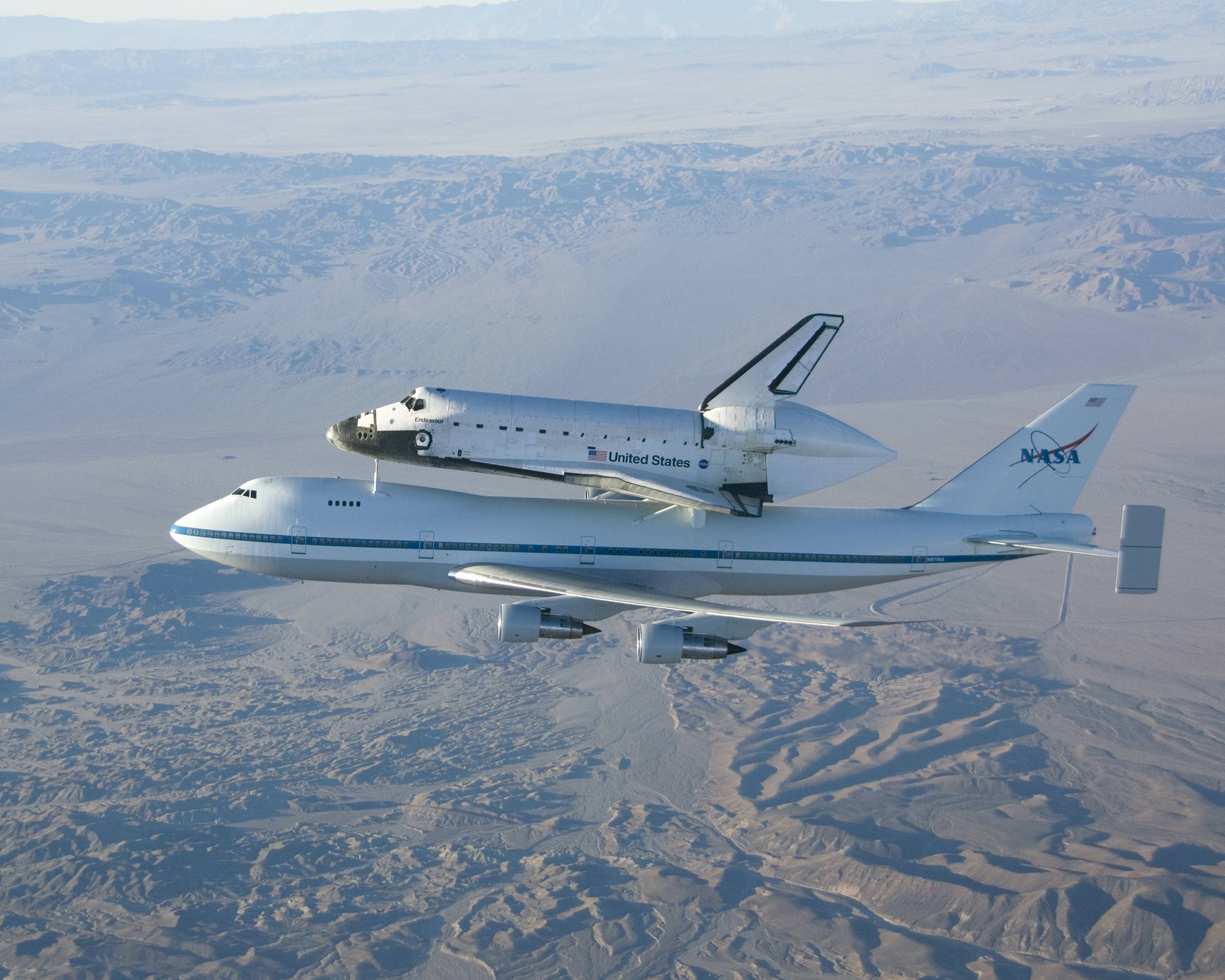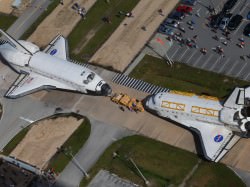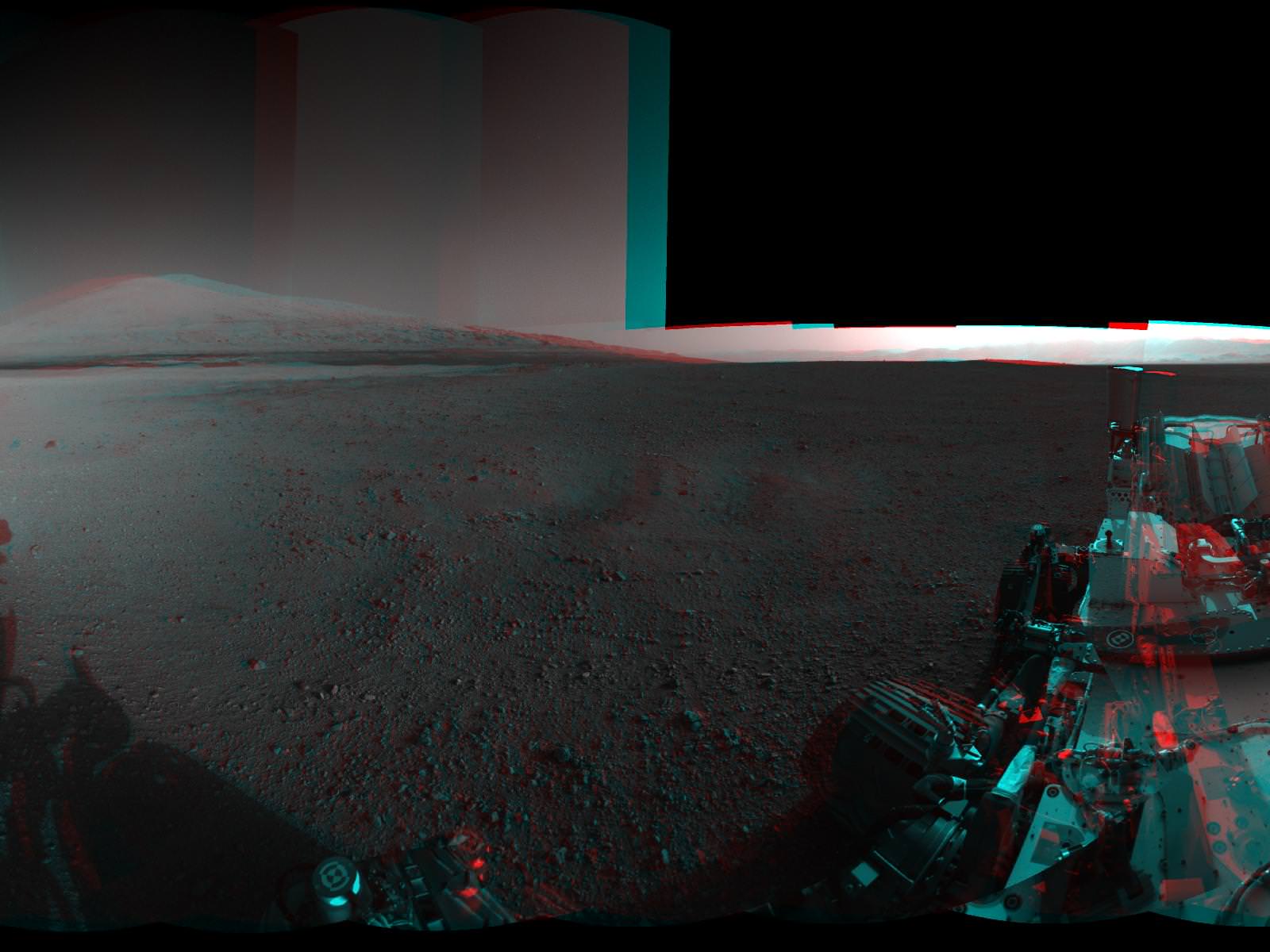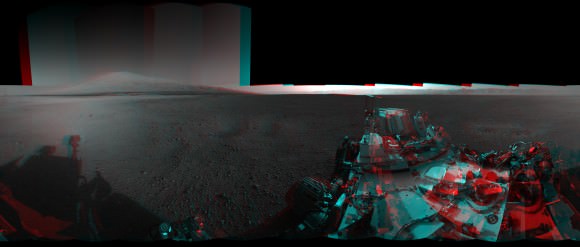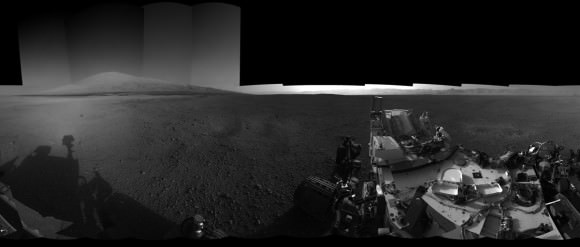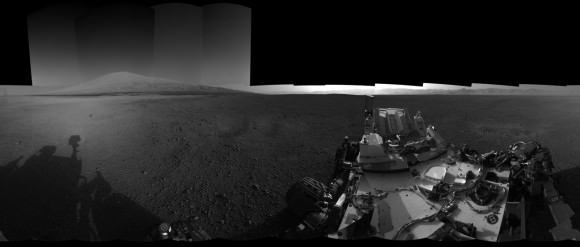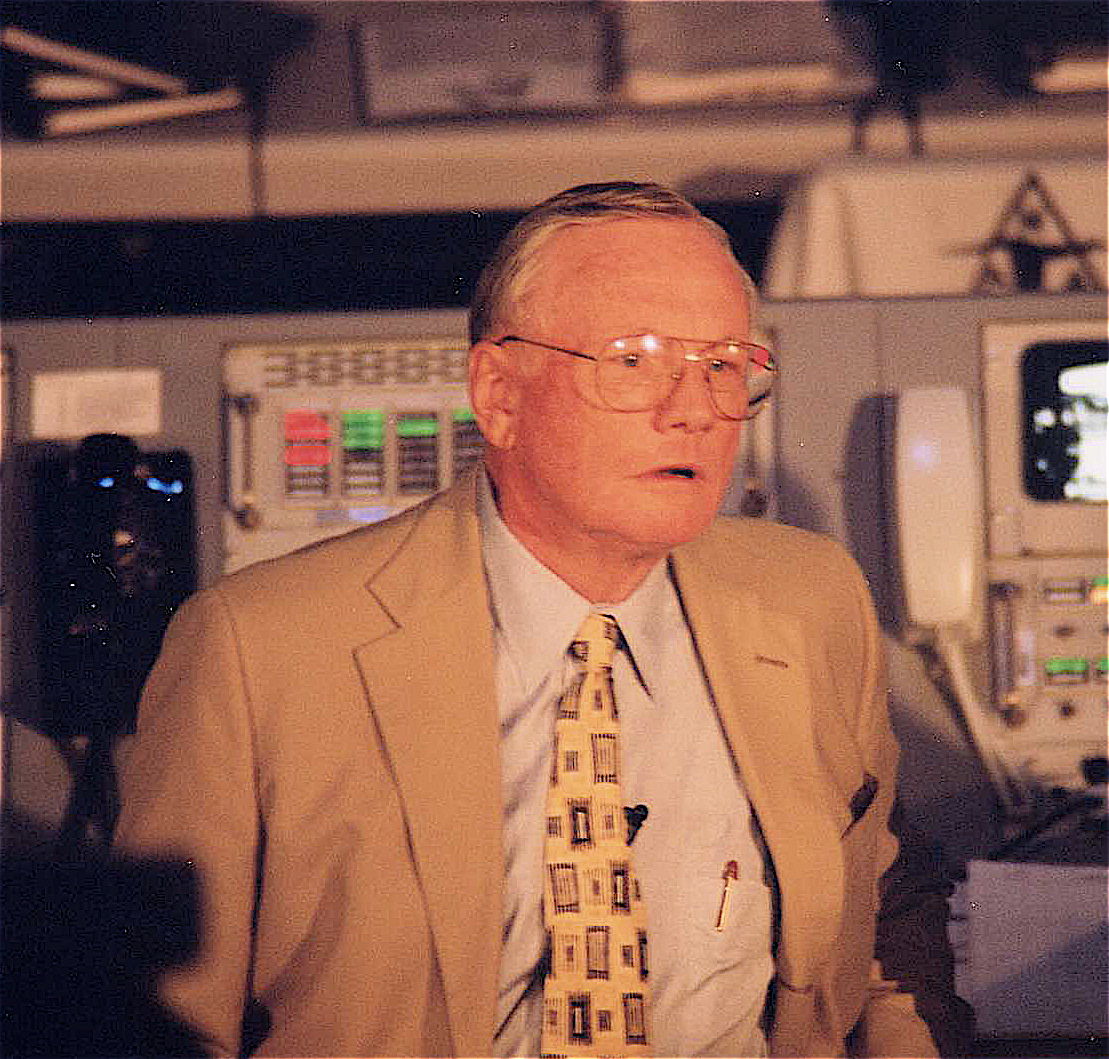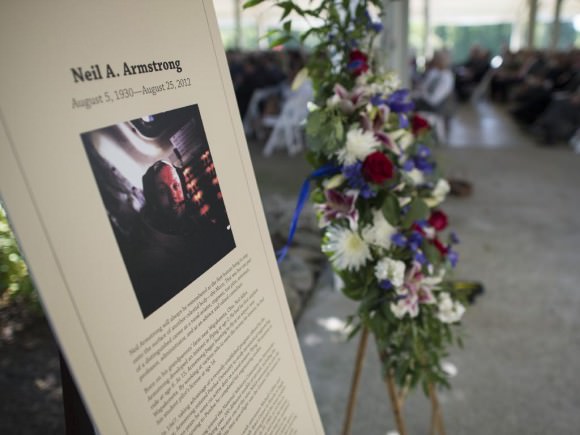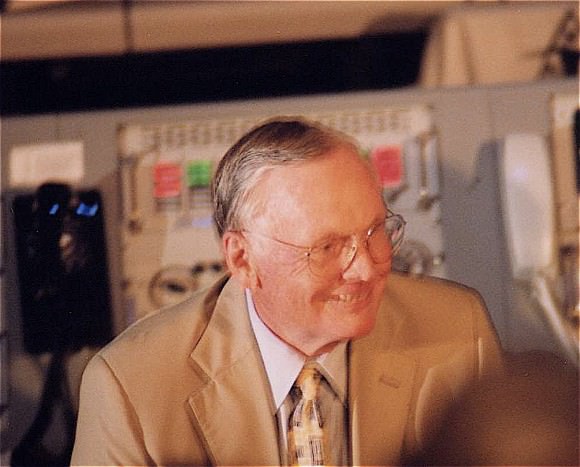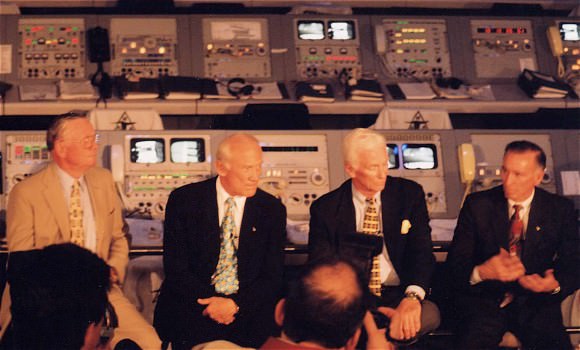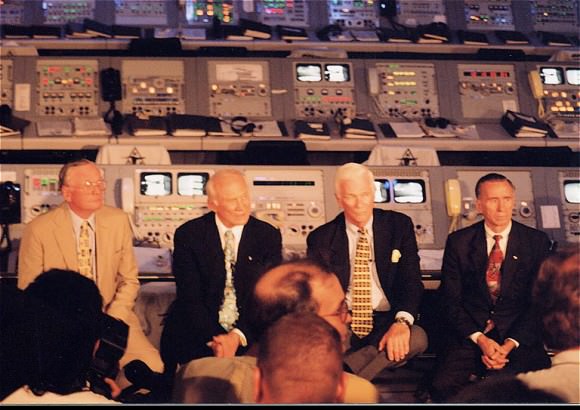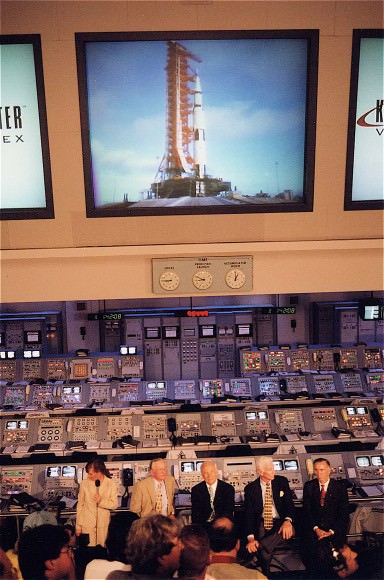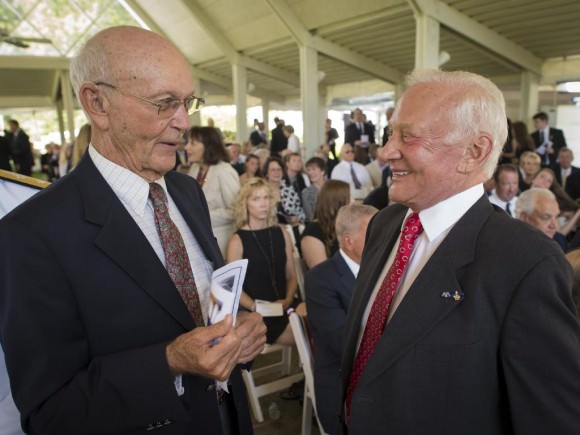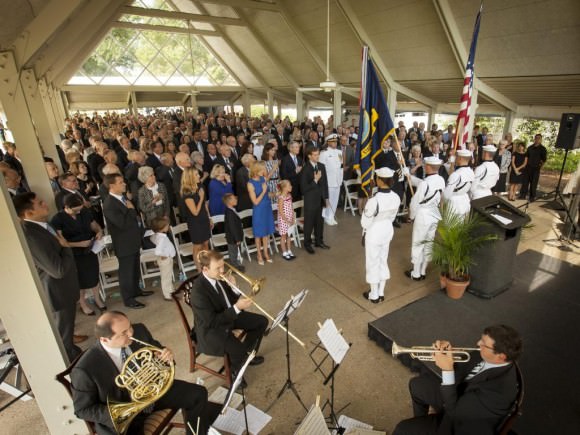UPDATE (9/27/2012, 13:00 UTC) NASA now says that with additional tracking, they have determined the two pieces of space debris do not pose a threat to the ISS, and a debris avoidance maneuver scheduled for Thursday morning was cancelled by the flight control team at Mission Control. The ATV undocking time on Friday is still being decided at the time of this posting. See additional info at NASA’s website. (End of update)
International Space Station officials are keeping a watchful eye on two different pieces of space junk that may require the ISS to steer away from potential impact threats. Debris from the Russian COSMOS satellite and a fragment of a rocket from India may come close enough to the space station to require a debris avoidance maneuver. If needed, the maneuver would be done using the ESA’s Automated Transfer Vehicle (ATV) “Edoardo Amadi.” The ATV was supposed to undock last night, but a communications glitch forced engineers to call off the departure.
Both pieces of debris are edging just inside the so-called “red zone” of miss distance to the station with a time of closest approach calculated to occur Thursday at 14:42 UTC (10:42 a.m. Eastern time.) It is not known how large the object is.
An approach of debris is considered close only when it enters an imaginary “pizza box” shaped region around the station, measuring 1.5 x 50 x 50 kilometers (about a mile deep by 30 miles across by 30 miles long) with the vehicle in the center.
NASA says the three-person Expedition 33 crew is in no danger and continues its work on scientific research and routine maintenance. The current crew includes NASA astronaut Sunita Williams, Japanese astronaut Akihiko Hoshide and Russian cosmonaut Yuri Malenchenko.
If the maneuver is required – and NASA said it could be called off any time — it would occur at 12:12 UTC (8:12 a.m. EDT) Thursday, using the engines on the ATV, which remains docked to the aft port of the Zvezda Service Module. It usually takes about 30 hours to plan for and verify the need for an avoidance maneuver.
Debris avoidance maneuvers are conducted when the probability of collision is greater than 1 in 100,000, if it will not result in significant impact to mission objectives. If it is greater than 1 in 10,000, a maneuver will be conducted unless it will result in additional risk to the crew.
Only three times during the nearly 12 years of continual human presence on the ISS has a collision threat been so great that the crew has taken shelter in the Soyuz vehicles. (Those events occured on March 12, 2009, June 28, 2011 and March 24, 2012.) During those events, the station was not impacted. While the ISS likely receives small micrometeoroid hits frequently (based on experiments left outside the ISS and visual inspections of the station’s hull) no large debris impacts have occurred that have caused depressurization or other problems on the ISS.
Tuesday’s initial attempt to undock the ATV was called off due to a communications error between the Zvezda module’s proximity communications equipment and computers on the ATV. Russian engineers told mission managers that they fully understand the nature of the error and are prepared to proceed to a second undocking attempt, which has been postponed to Friday at the earliest, due to the potential space debris threat.
Once it is undocked, the ATV will move to a safe distance away from the station for a pair of engine firings that will send the cargo ship back into the Earth’s atmosphere to burn up over the Pacific Ocean.
The ATV still has extra fuel on board, and so the decision was made that if need, that available resource would be used.
Here’s the info on NASA’s criteria for performing debris avoidance maneuvers.
Source: NASA
*this article has been updated

